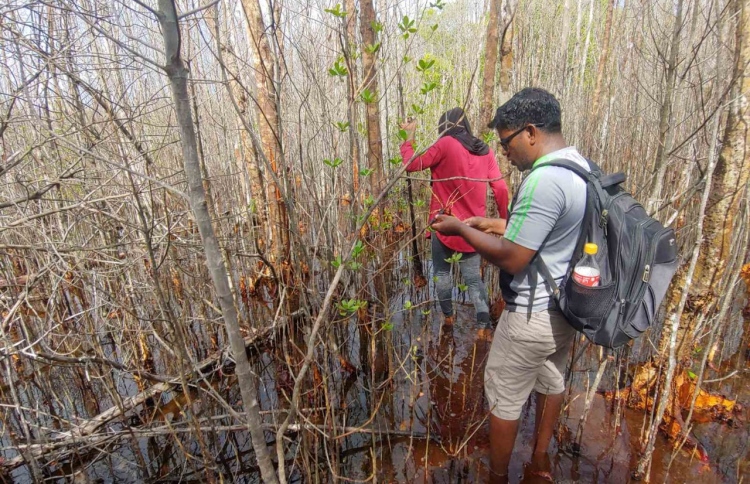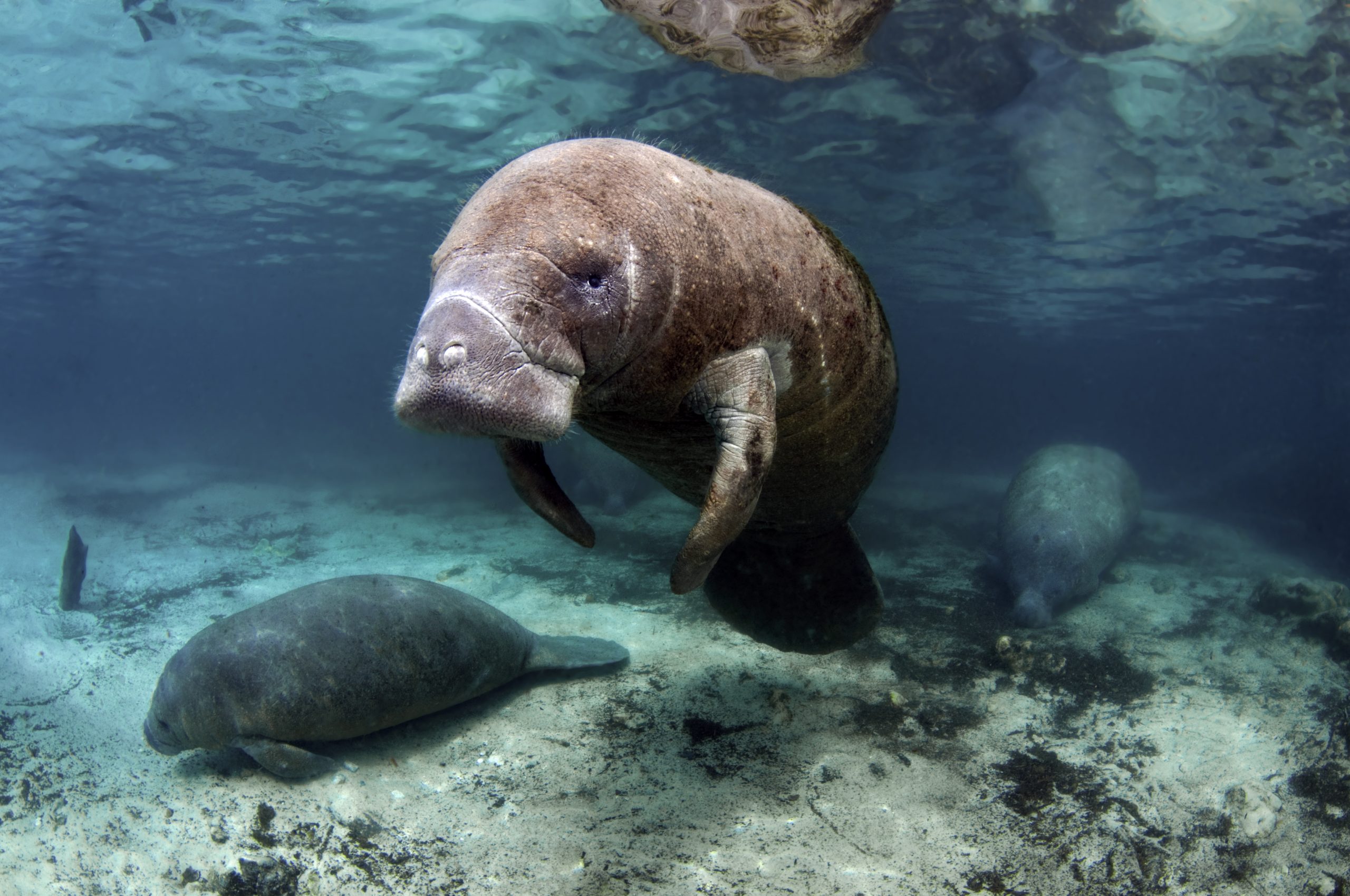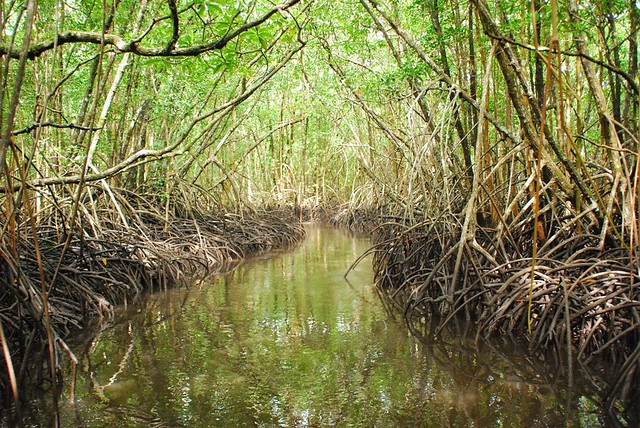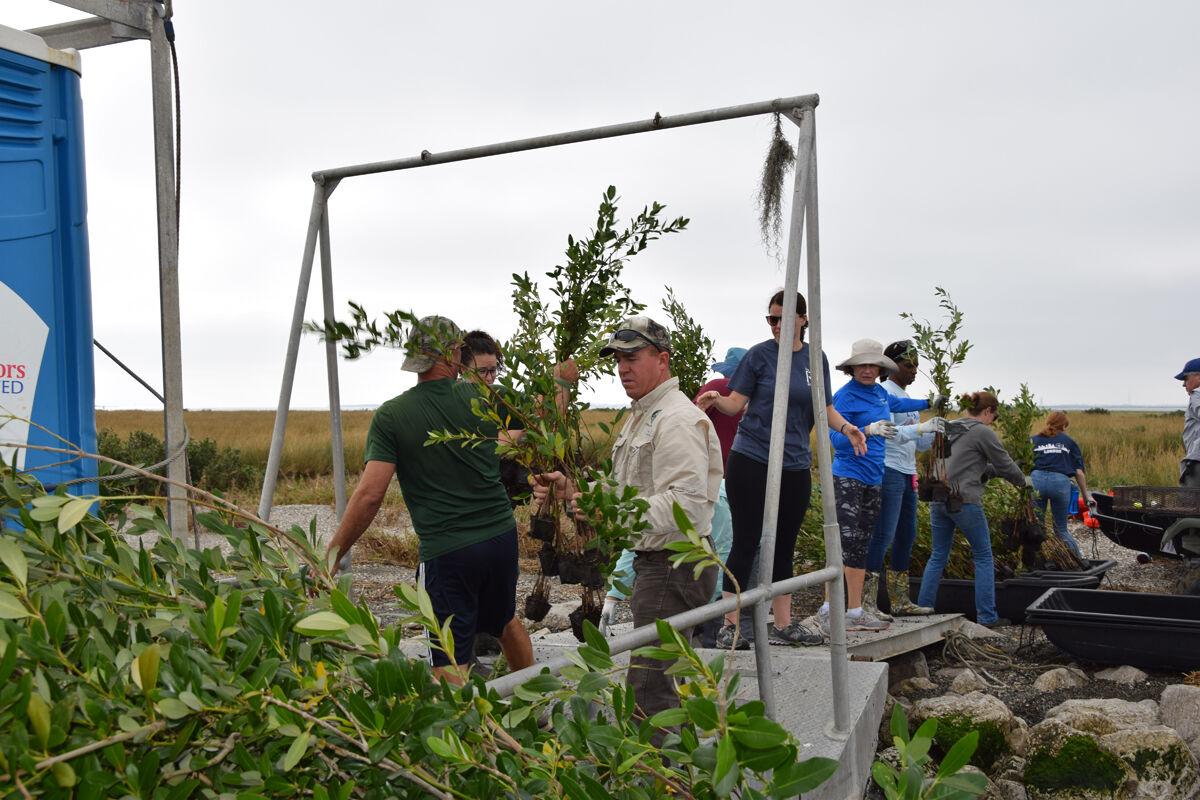Students win multiple prizes at the 19th MAP Art Competition

MALDIVES – Students of Neykurendhoo, Haa Dhaalu Atoll, won prestigious awards in the 19th Mangrove Art Contest organized by the Mangrove Action Project (MAP) in September 2020. After competing with submissions from 34 countries, three students from Neykurendhoo School were among those awarded first, second, and third places. Students between the ages of 6 to 16 participated in the competition and submitted a total of 71 artworks. This year’s theme of the international competition, held annually to raise awareness on the importance of mangroves, was “ why mangroves are important to the mangrove communities and the world”. 2020 marks the first time Maldives participated in the competition, and Neykurendhoo School was the sole official representation from the archipelago. MAP is a US-based non-profit organisation that has worked on preserving, conserving and restoring the world’s mangrove forests for over 25 years. Their art contest, this year, comes at a time when extraordinary die-offs have been observed at eleven mangrove wetlands across the Maldives, including the mangroves in Neykurendhoo. READ MORE
Have you ordered your calendar yet? Supplies are limited, get your collectors edition HERE GLOBAL International Volunteer Day 5 December: Together We Can Through Volunteering

GLOBAL: Over the last months, as the COVID-19 pandemic has ravaged across the world, volunteers have been at the forefront of medical, community and societal responses. Headlines in the world’s media have paid credit to volunteers for all kinds of work, from helping to provide medical care, to doing shopping for vulnerable neighbours, or checking up on elderly people living alone. The COVID-19 Strategic Preparedness and Response Plan by the WHO identifies community volunteers as key stakeholders for risk communication and community engagement. This indicates the valuable and great effort the WHO believes volunteers are doing during COVID-19. This year’s IVD campaign thanks volunteers worldwide and also sheds light on the difficulties and needs of volunteers during the pandemic. Showing the impact of volunteers in their communities during this crisis, we will reach to all corners of the globe with the message “Together We Can Through Volunteering.” THANK YOU VOLUNTEERS! READ MORE AFRICA Conserving biodiversity: manatees of Gabon in West-Central Africa

GABON – After its disappearance from Mondah Bay near the Akanda National Park, environmentalists drew the attention of the national community to the disappearance of the manatee from Bas-Ogooué.
In Gabon, the manatee is a species often observed in the following rivers and lagoons: Low-Ogooué, Banio, Nkomi, Iguela and Ndougou. Their disappearance from Mondah Bay and Tsini rivers is primarily due to poaching According to national legislation, manatees are fully protected in Gabon, with the capture and hunting of manatees strictly prohibited and any person in possession of trophies subject to a fine of roughly $10,000 and potential imprisonment The manatee is an aquatic mammal that lives only near coastlines and in some wetlands or rivers, almost exclusively in the intertropical belt. It is a peaceful mammal that needs water of at least 20 ° C to live. It has a mass of 400 to 550 kg, a length ranging from 2.8 to 3.0 m, and an average weight of 1775 kg. Females tend to be larger and heavier. Females begin to reproduce around the age of 7, with a long pregnancy period of about 13 months. When born, baby manatees weigh roughly 30 kg. READ MORE AMERICAS Science is Saving the Mangrove Forests

USA – “A lot of Pacific Rim countries are working hard to conserve and restore their mangrove forests, but rising sea levels—a consequence of the changing global climate—remain a problem,” said Richard MacKenzie, a USDA Forest Service aquatic ecologist who works at the agency’s Institute of Pacific Islands Forestry in Hawaii. They are eager to save their mangroves not only for the benefits they have long provided, but also because their tremendous capacity for storing carbon offsets greenhouse gas emissions from human activity. MacKenzie and other U.S. scientists began working with Micronesia 15 years ago to help the country better manage its forests. Since then, their work has expanded to Cambodia, Indonesia, Vietnam, the Philippines, Papua New Guinea, Madagascar, and India. To assist in restoring and preserving of their mangrove forests, MacKenzie and his research partners have collected data from research sites in the region. So far, the research is showing a couple of interesting findings. READ MORE Volunteers plant mangrove bushes to add nesting habitat

USA – More nesting accommodations are waiting for brown pelicans at one of the largest nesting colonies in the Sportsman’s Paradise. Volunteers from several groups and Shell Oil worked Nov. 12-13 to add nesting habitat to Queen Bess Island Wildlife Refuge in the southern part of Barataria Bay. The Louisiana Wildlife and Fisheries Foundation supplied 4,350 mangrove plants and 2,500 matrimony vines in a concerted effort to increase nesting habitat for pelicans and other colonial waterbirds on the island. The state wildlife refuge underwent a major restoration project earlier this year to add acreage for nesting purposes, according to the state Department of Wildlife and Fisheries. Adding mangroves and matrimony vine plants was the next step to creating even more nesting sites for the birds. “We want to thank our many partners who assisted us in the planting project. Queen Bess is again a thriving nesting colony and our partnerships are a vital reason why,” LDWF Secretary Jack Montoucet said. “The number of pelicans and other birds that used the island last spring and summer far exceeded our expectations. The addition of this habitat will make it feel even better for nesting opportunity next spring.” READ MORE ASIA Mangroves seen more beneficial to seaside residents than fish farms

PHILIPPINES – Mangroves are more beneficial to fishing communities than fish farming, which employs few workers, a marine scientist said at an online forum organized by Oceana Philippines. Dr. Jurgenne H. Primavera said Wednesday that mangroves bring more socio-economic opportunity and protection from storms and flooding. “With mangroves, there is social equity. Many more people will benefit, including small-scale fishers. In contrast, the fish pond industry employs very few full time workers… and seasonal (ones),” Ms. Primavera, a mangrove expert, said. Citing a Zoological Society of London study, she said mangroves generate fishing and forestry products, benefiting small-scale fishing communities along the coast. “Fish ponds (are for) food security,” she said, citing the intensive farming of milkfish and tilapia.“Pero iyon lang (That is all),” she said, noting the absence of other benefits. Ms. Primavera added that she did not foresee “any massive displacement of fishpond workers,” should fish farms be repurposed for the cultivation of mangrove forests. READ MORE Concrete jungle threatens mangroves on Pakistan island

PAKISTAN – A short boat ride from the shores of Karachi, mangrove trees sprout along the quiet inlets of an uninhabited island that environmentalists say provides vital coastal protection to Pakistan’s largest city. But the calm of Bundle Island, home to a few camels, is at risk, with Prime Minister Imran Khan determined to turn it into an enormous real-estate project to ease pressure on the expanding megacity home to 20 million people. The $50-billion housing development has pitted regional leaders against the central government, with local activists and lawmakers accusing the prime minister of reneging on pro-environment promises. “Let nature restore itself and (do) not dream of these big, grand cities,” said Mahera Omar, an environmental film-maker from Karachi who enjoys kayaking around Bundle and meandering through the island’s mangroves.READ MORE Transformation for Navi Mumbai mangroves: 7,000kg trash removed

INDIA – An environmental group has removed 7,000kg of trash from an 8,000 square metre mangrove patch in Navi Mumbai since August 15 with the help of the government and citizens. Trash was removed every Sunday for two hours as part of the initiative over the last 15 weeks. Organisers said footwear, medical waste, mercury bulbs, tube lights, liquor bottles, plastic, spoons, packaged water bottles, wafers packets had made their way through the creek and got stuck in the breathing roots of mangrove trees. Some of the waste was being recycled. “We, as citizens, need to take responsibility and ownership to take care of our own waste or step up and clean our natural areas. What we have managed to remove is not even 1% of the waste stuck in mangrove areas and microplastic daily entering our oceans,” said Dharmesh Barai, founder, Environment Life. READ MORE Abu Dhabi Plants Mangrove Forest To Reduce Carbon Footprint

UAE – In an effort to reduce Abu Dhabi’s carbon footprint, the city is planting mangrove forests. By end of December, UAE-built drones will plant 4,000 mangrove seeds near global energy company ENGIE’s Mirfa power plant in Abu Dhabi, as well as monitor their growth over the next year. his is the first phase of the Blue Carbon Environmental and Social Responsibility project from Environment Agency Abu Dhabi (EAD). It encourages the growth of coastal ecosystems, including seagrasses, mangroves and salt marshes, that absorb carbon at a much faster rate — and can continue to do so for millions of years. “Blue carbon” is carbon captured by the world’s oceans and coastal ecosystem, according to the EAD. READ MORE EUROPE Mangroves in the battle against land degradation and water scarcity

EUROPE – In a recent example of biomimicry, researchers supported by the EU-funded HYDROUSA project have used mangroves as their source of inspiration to tackle the problem of land degradation and water scarcity in coastal areas in the Mediterranean. Called Mangrove Still, the mangrove-inspired technology platform was developed by HYDROUSA project partner Planet. According to environmental engineer and Planet co-founder Alessandro Bianciardi, mangrove trees grow in saline water and are the first to colonise an empty coast because they’re able to desalinate water. As they grow, the mangroves create conditions conducive for other species to thrive, and, together with these species, they gradually build an entire ecosystem where none had existed. The idea, as Bianciardi goes on to explain in an episode of the CNBC TV show ‘Sustainable Energy’, was to reproduce this process using technology. The team improved current solar still technology by looking at how plants absorb light, how they use capillarity to suck up water, and how certain organisms regulate temperature or absorb moisture from the air. The Mangrove Still generates distilled water from saline water through a process of evaporation and condensation run by sunlight. READ MORE Bamboo and rattan’s contribution to sustainable development

EUROPE – A new five-year partnership signed today between the International Bamboo and Rattan Organization (INBAR) and the Food and Agriculture Organization of the United Nations that aims to scale up the benefits and opportunities that these fast growing tropical plants provide, including reducing rural poverty, increasing carbon sequestration, promoting biodiversity and land restoration, and the greening of the construction industry worldwide. “Through our (FAO and INBAR’s) strengthened cooperation we will support Members improve food security and nutrition, transform agri-food systems, create employment and generate income while protecting biodiversity and ecosystems, also through the rational land use of hills and mountains, while addressing climate change and reducing soil erosion,” said FAO Director-General QU Dongyu. “We will help countries use bamboo and rattan in an effective manner that contributes to achieving the Sustainable Development Goals,” he added. The FAO-INBAR strategic alliance is particularly important and meaningful as “Africa and South Asia are the two regions that face the most serious problem of food security, while on the other hand they have some of the most abundant bamboo and rattan resources in the world,” said Professor JIANG Zehui, Co-Chair of INBAR’s Board of Trustees. INBAR will “spare no effort” to promote ways to “create a better world for all” in partnership with FAO, she added. READ MORE International lawyers draft plan to criminalise ecosystem destruction

EUROPE – International lawyers are drafting plans for a legally enforceable crime of ecocide – criminalising destruction of the world’s ecosystems – that is already attracting support from European countries and island nations at risk from rising sea levels. The panel coordinating the initiative is chaired by Prof Philippe Sands QC, of University College London, and Florence Mumba, a former judge at the international criminal court (ICC). The aim is to draw up a legal definition of “ecocide” that would complement other existing international offences such as crimes against humanity, war crimes and genocide. The project, convened by the Stop Ecocide Foundation at the request of Swedish parliamentarians, has been launched this month to coincide with the 75th anniversary of the opening of the Nuremberg war crimes trials of Nazi leaders in 1945. READ MORE Like this newsletter?
Pease consider donating to MAP to keep it going.
Giving could never be easier  | FEATURE ACTION ALERTTell the Japan International Cooperation Agency not to fund polluting coal – TAKE ACTION
MORE ACTION Our Paradise and Sovereignty under Siege – Protect Grenada from Destructive Development! SIGN THE PETITION Stop the destruction of Can Gio Mangrove Biosphere Reserve
SIGN PETITION (Scroll down in linked page for English version)Please SIGN: keep plantations out of orangutan habitat!
TAKE ACTIONUnilever: stop destroying mangroves for convenience food! SIGN OUR PETITION
Stop plundering the oceans for industrial aquaculture! SIGN THE PETITION
NOW TAKING ORDERS!
ORDER YOURS!

Like this newsletter? Pease consider donating to MAP to keep it going. Giving could never be easier
Please see our newest video: ” Restoring The Natural Mangrove Forest” – WATCH VIDEO 
Restoring The Natural Mangrove Forest
Watch movie 
Community Based Ecological Mangrove Restoration in Rufiji Delta VIEW VIDEO Video: Mangroves for the Future – A look bacK. As the latest phase of Mangroves for the Future (MFF) draws to a close, this video highlights some of the project’s most successful initiatives – from local women supporting national park management in Viet Nam to an island in the Maldives that has become a model for waste management, and everything in between. View Here WANT TO GET INVOLVED?
Follow and Join MAP!    
Like this newsletter? Pease consider donating to MAP to keep it going. Giving could never be easier 

Singing for the Sundarbans WATCH HERE Entrevista con Monica Quarto del Mangrove Action Project (Spanish language) Oye Aqui
VOLUNTEER OPPORTUNITY 
MANGROVE ISSUES Want to learn more about mangroves?
Our short presentation will give you a better understanding of the issues we are working to solve. WATCH PRESENTATION What is CBEMR? Download MAP’s 2 page CBEMR Information Sheet containing links to all MAP’s CBEMR resources – CLICK HERE
View MAP’s uploaded Videos at
MAP Video Gallery Question Your Shrimp Consumer/Markets Campaign!
WATCH VIDEO Mangroves: Guidebook to Malaysia – Click Here SHARE MAP’S VISION
CLICK HERE to watch short introductory video. Together we can work “at the roots of the sea”. Our short documentary, Reducing the Risk of Disaster through Nature-Based Solutions : Mangroves

Marvellous Mangroves Curriculum The Marvellous Mangroves Curriculum begins with a simple philosophy – getting future generations to not only learn about, but understand the importance of mangrove forests. VISIT 
The award-winning Marvellous Mangroves (MM) curriculum educates children on the importance of mangroves and their ecological functions, teaching them about modern challenges and mechanisms for sustainability. VIEW VIDEO Marvellous Mangroves Curriculum in Bangladesh – WATCH VIDEO
MARVELLOUS MANGROVES IN BRAZIL
En Portuges 
Marvellous Mangroves – A Curriculum-Based Teachers Guide.
Like this newsletter? Pease consider donating to MAP to keep it going. Giving could never be easier 
“Question Your Shrimp” Campaign Question Your Shrimp – is it really sustainable? Sign the Petition
Note to Our Readers: We strive to keep active links in our newsletter. However, due to circumstances beyond our control, occasionally links to stories may become broken. If you find a link to a story is not functioning, please cut and paste the headline into your browser search bar. In most cases you should be able to locate the original story.
Not yet a MAP News subscriber?
Click here to subscribe. 
|



























